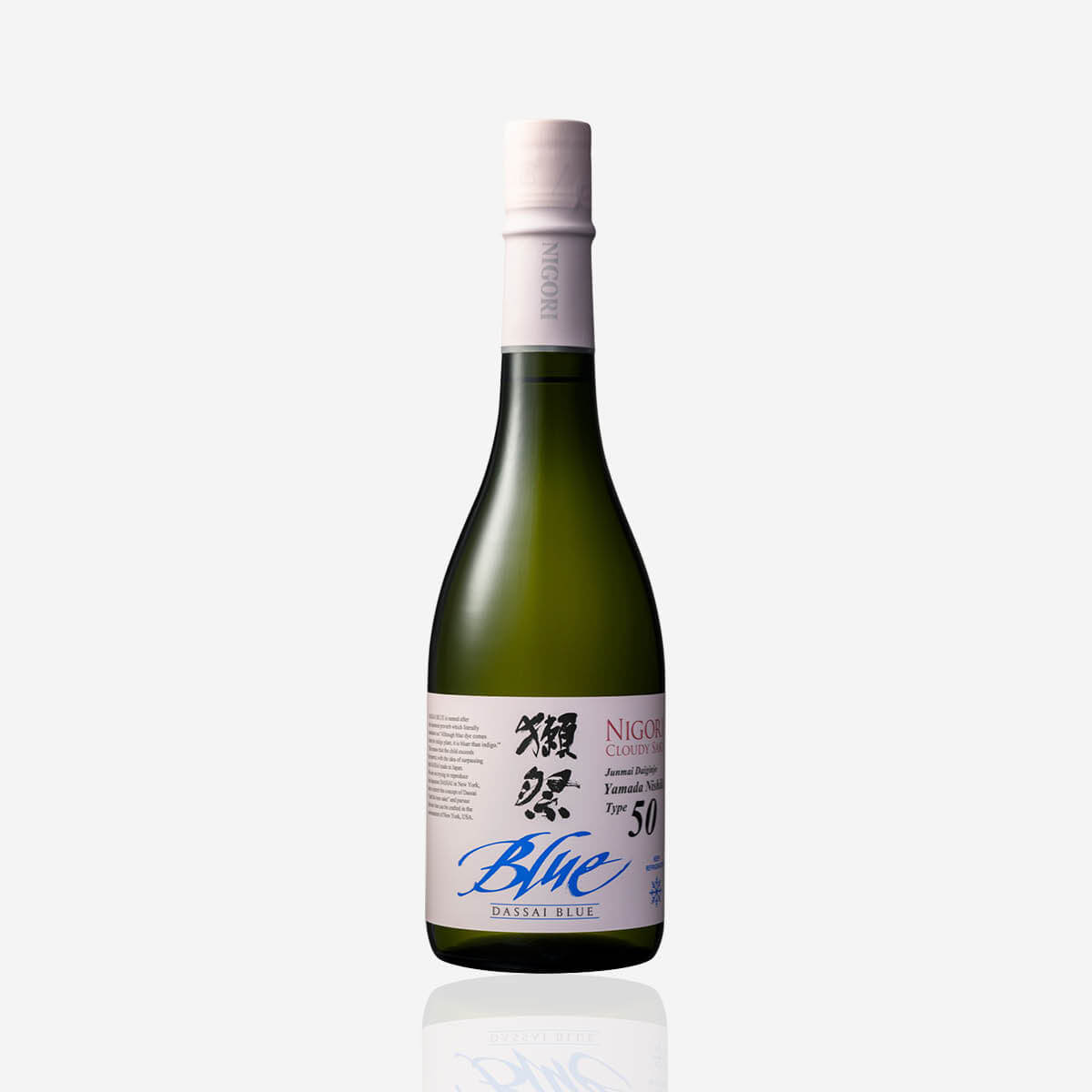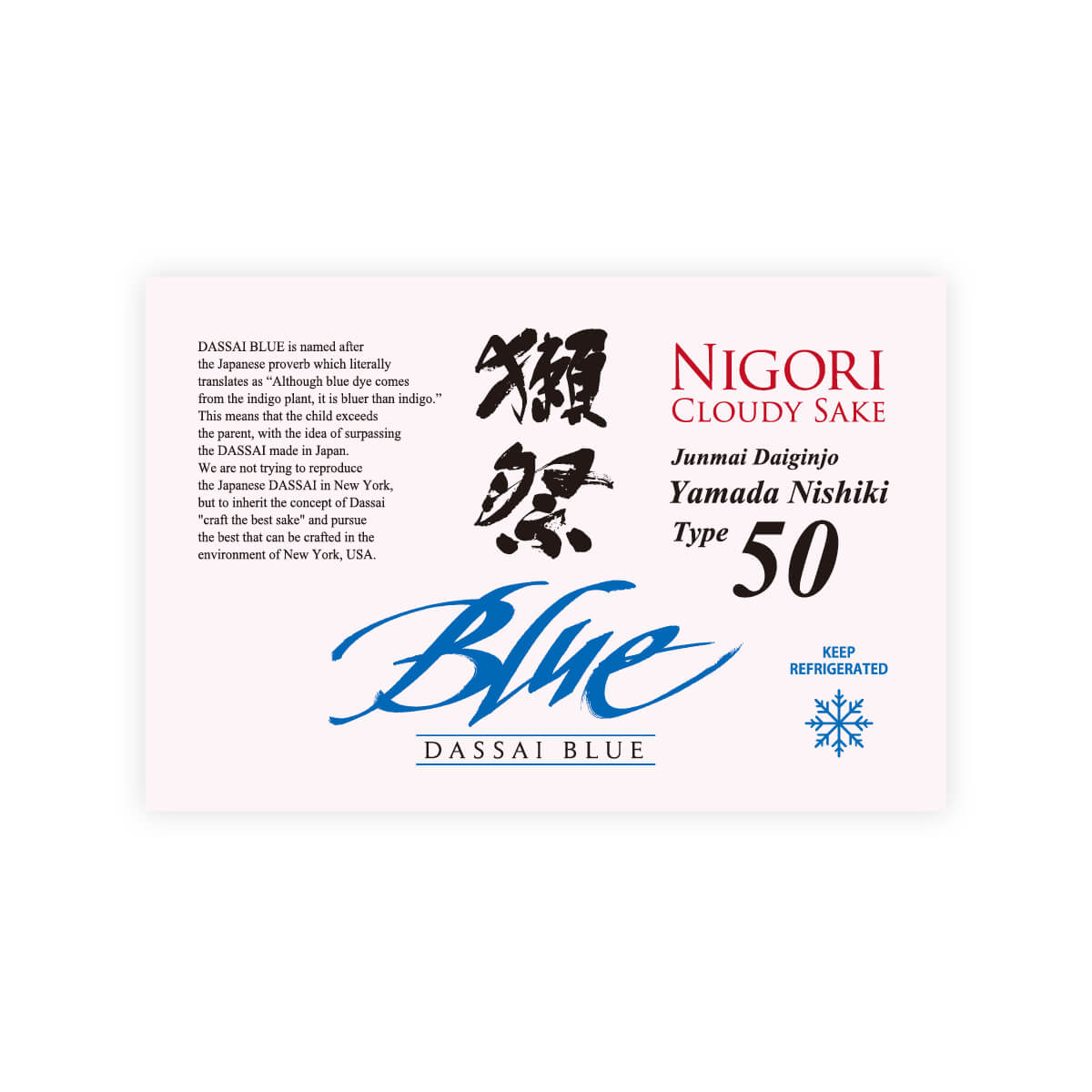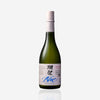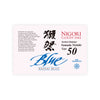Dassai Blue “50” Nigori
Yamaguchi prefecture
Spotlight on Yamadanishiki rice
As a brand that exclusively produces junmai daiginjo made with Yamadanishiki rice, Dassai Blue presents a nigori that maintains their signature elegance. By carefully balancing the amount of lees (rice sediment from the mash) with Dassai Blue “50,” they give this delicate sake a little bit more body and texture. Take in its notes of pear and melon, and feel free to pair it with any meal!
Characteristics
| Brand | DASSAI Blue |
| Brewery | DASSAI Inc. |
| Category | Junmai Daiginjo |
| Subcategory | Nigori |
| Taste Profile | Rich & Sweet |
| Rice variety | Yamadanishiki (grown in Arkansas) |
| Yeast variety | Undisclosed |
| Alcohol | 14.0% |
| RPR | 50% |
| SMV | N/A |
| Acidity | N/A |
Serving Temperature

-
 Recommended
Recommended
-
 Not Recommended
Not Recommended
Region

DASSAI Blue is made in Yamaguchi prefecture in the Chugoku region.
Taste Metrics

Tasting Notes
-
Pear

-
Melon

Recommended Pairing
-
Fruits

-
Meat

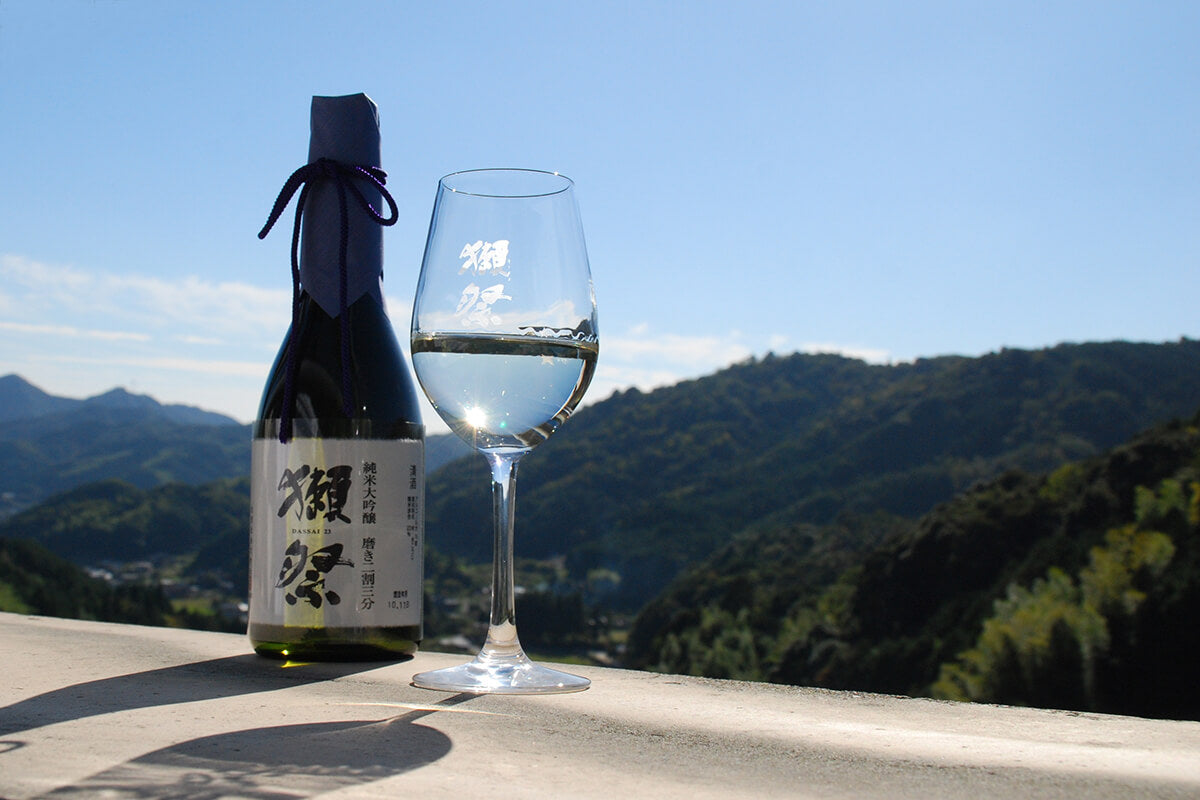
DASSAI Inc.
DASSAI Inc. the maker of DASSAI with a 300-year history, is known for constantly reinventing themselves to adapt to modern challenges. From the turn of the century, they have committed themselves to the premium junmai daiginjo category, leading the sake industry to worldwide recognition. Using the “king of sake rice,” Yamadanishiki, their sake exemplifies the modern, delicate, floral brew, to be enjoyed chilled in a wine glass. In 2023, they opened DASSAI Blue Sake Brewery in Hyde Park, New York, to produce their new DASSAI Blue brand, made from a unique combination of Japanese and American resources.
Learn more

Customer reviews
Tippsy Sake Club
Our sommelier will recommend sake according to your taste when you join Tippsy Sake Club. Also enjoy:
- Members-only prices
- Discounted shipping
- An exclusive sake cup with your first club order
- and more!
All about sake
-
 Introduction
Introduction
Welcome To Your Sake Journey!
-
 Lesson 1
Lesson 1
What Is Sake?
-
 Lesson 2
Lesson 2
What Is Sake Made of and How Is It Made?
-
 Lesson 3
Lesson 3
What Is Rice Polishing Ratio?
-
 Lesson 4
Lesson 4
Types of Sake
-
 Lesson 5
Lesson 5
How To Store Sake
-
 Lesson 6
Lesson 6
How To Drink and Serve Sake
-
 Lesson 7
Lesson 7
Food Pairing Guide
-
 Lesson 8
Lesson 8
Best Sake Bottles and Brands for Beginners

